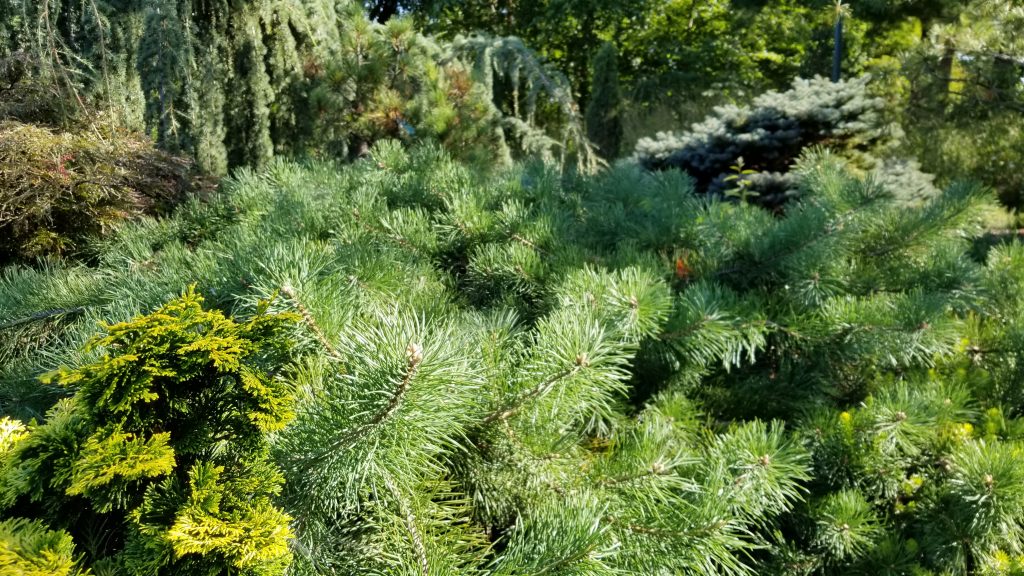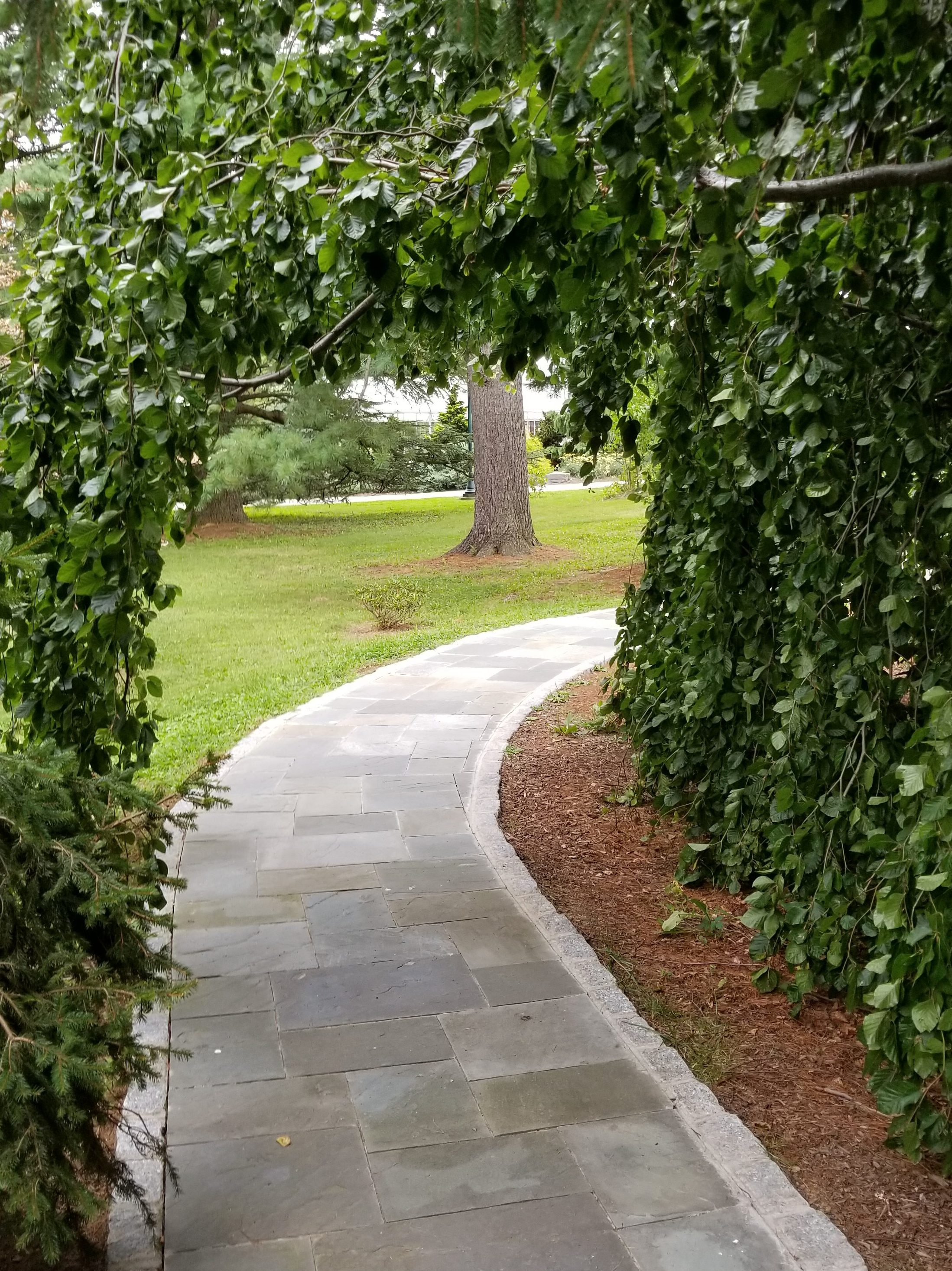
Some of the many different textures and colors you can find in the Colibraro Conifer Garden. This collection contains just a portion of the many trees, shrubs and perennials you will find in the Arboretum
If you google “What is an Arboretum?” the answer is “A botanical garden dedicated to trees.”
The Ambler Arboretum certainly fits this description. It is a public garden with various plant collections and garden spaces. But the Arboretum is also much more than that. The Ambler Arboretum is an outdoor classroom, a living laboratory where students in classes learn about horticulture and the environment and even protecting national parks. It is a place where young people considering various careers can discover the possibilities of a career in horticulture and landscape architecture. It is a learning space where the public can take courses to improve gardening or photography skills. It is the backdrop for community events like the Upper Dublin Township free concert series. It a place where local residents picnic or exercise. It is a place where Temple Alum reconnect amidst the gorgeous, historical and educational horticultural displays. The Ambler Arboretum is a valuable space for Temple University and the surrounding community.
The Ambler Arboretum of Temple University is one of many Arboreta around the country, equally valuable to their communities. Here are how some of them define what they are:
From the Klehm Arboretum in Rockford, Illinois:
The Awbury Arboretum in nearby Philadelphia explains:
To be more specific, an arboretum is a place that has intentionally preserved specific trees and shrubs for educational and scientific purposes.
No two arboreta are alike, and they vary significantly based on climate, history, individual missions, and many other factors.
The Morris Arboretum in Philadelphia describes 5 differences* between an Arboretum and a Park:
Here are 5 differences between a park and arboreta/botanical garden:
- Parks are intended mostly for recreation vs. arboreta/botanical gardens which focus on Plant Science Research, Education, Conservation and Horticultural Display.
- Parks have functional landscapes and plantings such as playing fields and picnic groves, vs. arboreta/botanical gardens’ curated labeled living collections, interpreted exhibits, and managed habitat areas.
- Parks are typically publicly funded by taxes vs. arboreta/botanical gardens which are typically community supported by gifts, memberships and use fees.
- Parks encourage sports and dog walking vs. arboreta/botanical gardens where sports and pets are not permitted.
- Parks typically trend toward monoculture with little biodiversity (with exceptions for managed natural areas) vs. arboreta/botanical gardens, which are typically high in biodiversity.
Find other Arboreta around the country using this Arboretum Finder from Morton Arboretum.
*please note that while some botanical gardens and arboreta do not allow pets on the grounds, the Ambler Arboretum of Temple University does allow leashed pets on the grouds. No supplies are provided to pick up after your pet, so please be prepared to do so when you enter the Arboretum.

